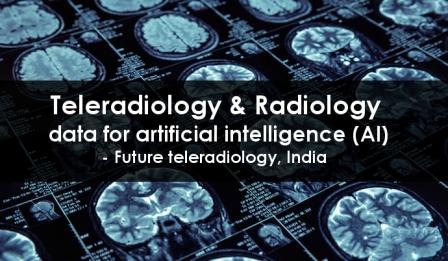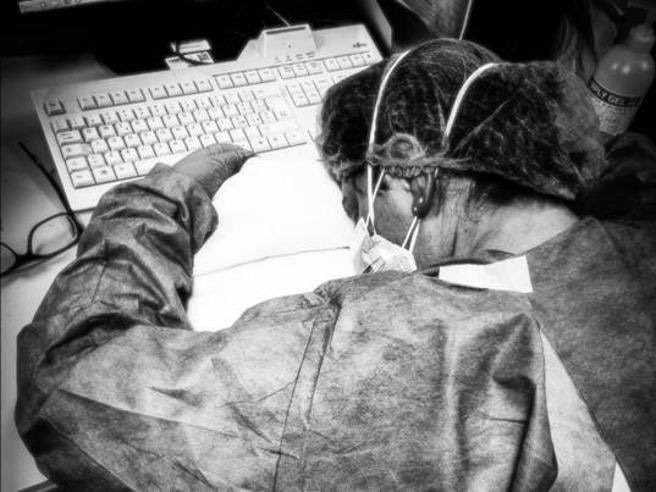
Introduction:
In Algeria, the promise of teleradiology is transforming the landscape of medical diagnostics. This article delves into the potential and impact of teleradiology, highlighting its role in enhancing diagnostic capabilities, expanding patient access, and revolutionizing healthcare in the country.
The Healthcare Landscape in Algeria:
- Geographic Challenges: Algeria’s vast and diverse geography poses significant challenges in delivering healthcare services, especially to remote and underserved regions. Access to specialized medical expertise is often limited in these areas.
- Radiologist Shortages: Algeria, like many countries, faces a shortage of radiologists. This shortage can lead to delays in interpreting medical images, affecting patient care, especially in emergencies.
- Healthcare Inequalities: Disparities in healthcare access exist between urban and rural areas in Algeria. Access to advanced healthcare services is predominantly concentrated in urban centers, creating inequalities in patient care.
Teleradiology’s Promise in Algeria:
- Remote Image Interpretation: Teleradiology enables the remote interpretation of medical images by radiologists, regardless of their physical location. This accelerates image analysis, reduces diagnostic delays, and ultimately enhances patient outcomes.
- Access to Specialized Expertise: Algerian healthcare facilities can now connect with a network of experienced radiologists, accessing specialized expertise and precise diagnoses. This elevates the standard of patient care, particularly for complex medical cases.
- Timely Diagnoses: Teleradiology plays a pivotal role in minimizing diagnostic delays, particularly in trauma cases and emergency care. Swift access to radiological expertise can be life-saving and significantly influences treatment decisions.
- Healthcare Equity: By extending access to radiology services, teleradiology bridges the healthcare gap between urban and rural areas in Algeria, ensuring that patients nationwide have equal access to top-tier diagnostic expertise.
Challenges and Considerations:
- Infrastructure Development: Continuous improvements in telecommunications and internet infrastructure are vital to ensure the seamless transmission of medical images, especially to remote regions.
- Regulatory Framework: The establishment of a comprehensive regulatory framework is essential to safeguard patient data, maintain quality standards, and ensure adherence to international healthcare practices.
- Training and Education: Ongoing training and education for healthcare professionals are critical to ensuring the effective utilization of teleradiology technology while upholding patient data privacy and security.
- Financial Sustainability: Identifying sustainable funding models is imperative to ensure the long-term viability of teleradiology services, particularly in resource-constrained environments.
Conclusion:
Belize’s digital diagnosis journey through teleradiology holds great promise for the future of healthcare. As the country invests in infrastructure, regulations, education, and sustainable funding models, it is moving closer to a future where healthcare disparities are minimized, and quality healthcare is accessible to all. Teleradiology’s potential is revolutionizing the Belizean healthcare landscape, offering a new era of diagnostics that holds the key to a healthier and more equitable nation.
Service Areas:- Belize – Belize City, Belmopan, San Ignacio:, Orange Walk Town, Dangriga:, San Pedro, Corozal Town, Benque Viejo del Carmen, Punta Gorda, Hopkins, Placencia.
